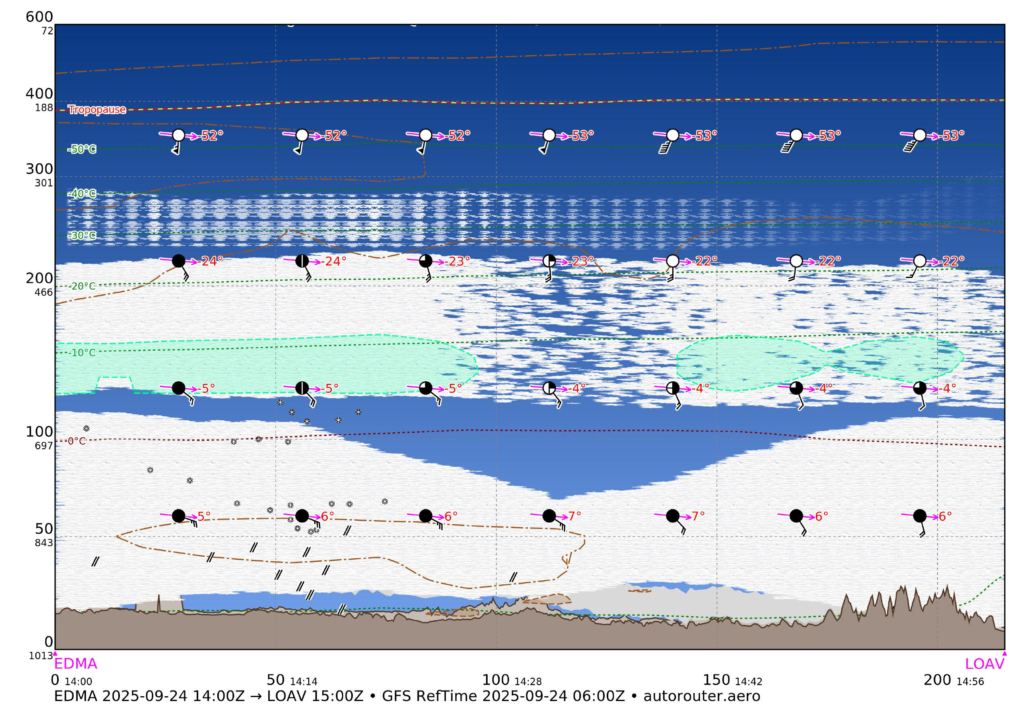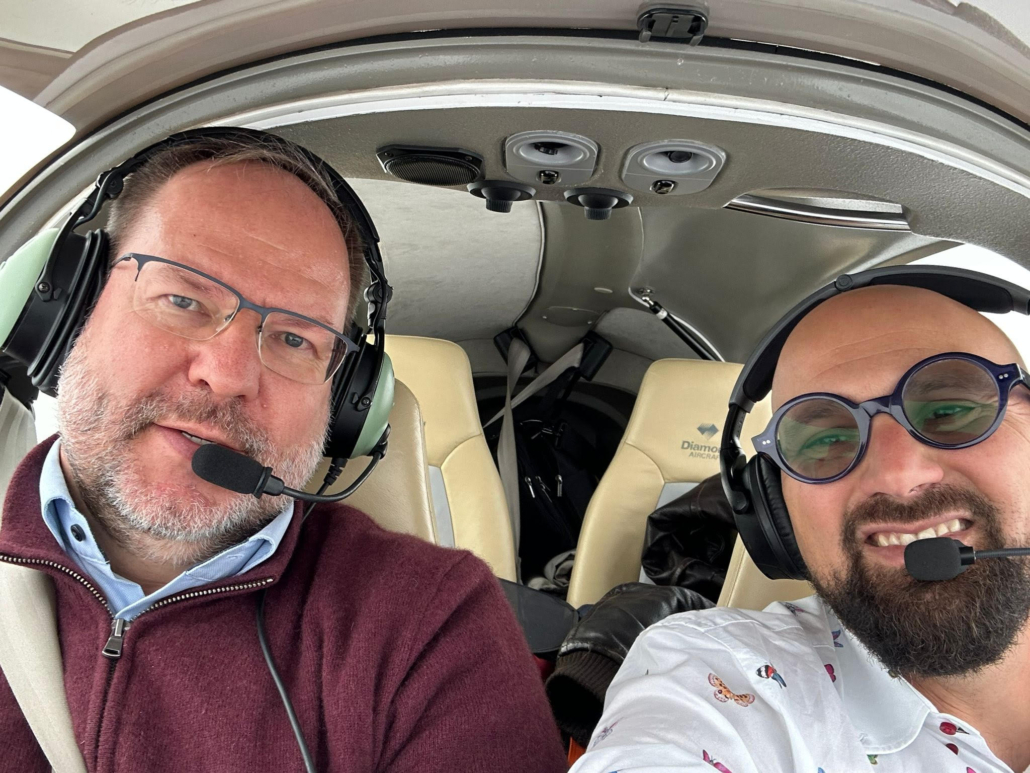|
Getting your Trinity Audio player ready...
|
Most of my flights to Vienna are simple. I take the Diamond DA42 down from Augsburg (EDMA) and land at Stockerau (LOAU), just west of the city. It’s a small, pilot-friendly field, with the added luxury of a free crew car waiting. For a quick hop into Vienna, it’s ideal.
But not this time.
The forecast called for a thin but stubborn cloud deck, low enough that I doubted we’d make it into Stockerau. With that in mind, I lined up Plan B: Bad Vöslau (LOAV). Unlike Stockerau, Bad Vöslau offers an RNAV (GNSS) approach to RWY 31—a reliable “cloud breaker” that could give us a fighting chance to get underneath the layer. I called ahead before departure, and they reassured me: “Shouldn’t be a problem” (or “Passt,” as they said in Austrian-German).
So the plan was simple:
-
Plan A: Stockerau, if the weather broke.
-
Plan B: Bad Vöslau, via RNAV 31.
-
Plan C: Vienna International (LOWW), if all else failed.
We launched in the DA42, settling into a smooth but persistent headwind that shaved a few knots off our groundspeed. Not a big deal, but enough to stretch the legs of a short flight. En route, I radioed Bad Vöslau again to double-check conditions. Same answer: “Should be fine.”
 The approach plates for the LOAV RNP were briefed and loaded, minima set: 1640 ft MSL (610 ft AGL). Everything looked good.
The approach plates for the LOAV RNP were briefed and loaded, minima set: 1640 ft MSL (610 ft AGL). Everything looked good.
The descent started uneventfully, just layer after layer of gray. At 1640 feet—our minimums—the field was still nowhere in sight. Time to go around.
Power up, positive rate, gear up, procedure by memory. Smooth and controlled.
Time to execute Plan C.
We turned toward LOWW, quickly loaded it as the alternate, programmed the hold, and checked in with Vienna Approach. They kindly asked us to maintain speed (“Ryanair’s right behind you”) as we set up for a straightforward ILS 31. No drama—just a different kind of flying: a busy frequency, heavy iron sharing the sky, and our DA42 fitting right in.
The landing was uneventful (clouds were indeed around 1,000 feet), but the bill was not. Handling, landing, and—the best part—a €120 charge for the 100-meter bus ride from aircraft to terminal. By the time everything was added up, the diversion had nearly reached €800.
The cost was frustrating, but the lesson was worth far more. Sometimes Plan B isn’t enough. The weather, the winds, the clouds—they don’t care about your “should be fine” phone call. The only things that matter are preparation, flexibility, and the discipline to execute the plan you’ve briefed.
That day, Vienna wasn’t just another flight. It was a reminder that every trip is a classroom. The tuition was high, but the learning was priceless.
- A Tale of Three Airports - November 24, 2025
- Lost Over the Mediterranean: A Pilot’s Tale of Lessons Learned - October 13, 2023
- “Geneva Tower, I have to go back” - October 14, 2022





Leave a Reply
Want to join the discussion?Feel free to contribute!